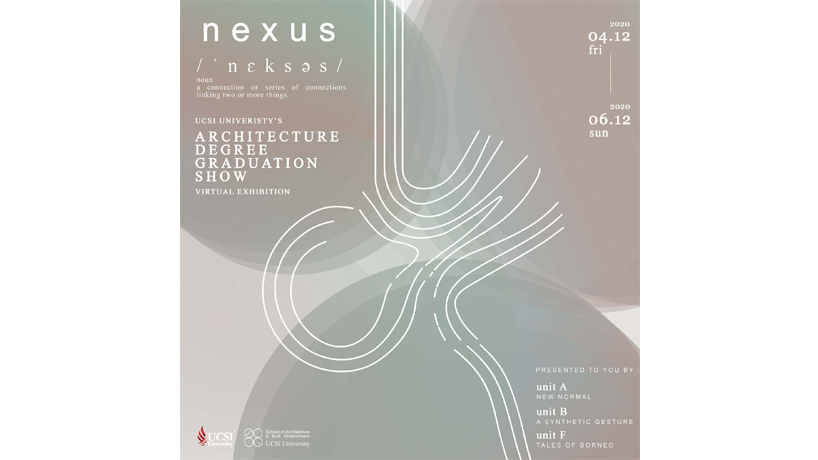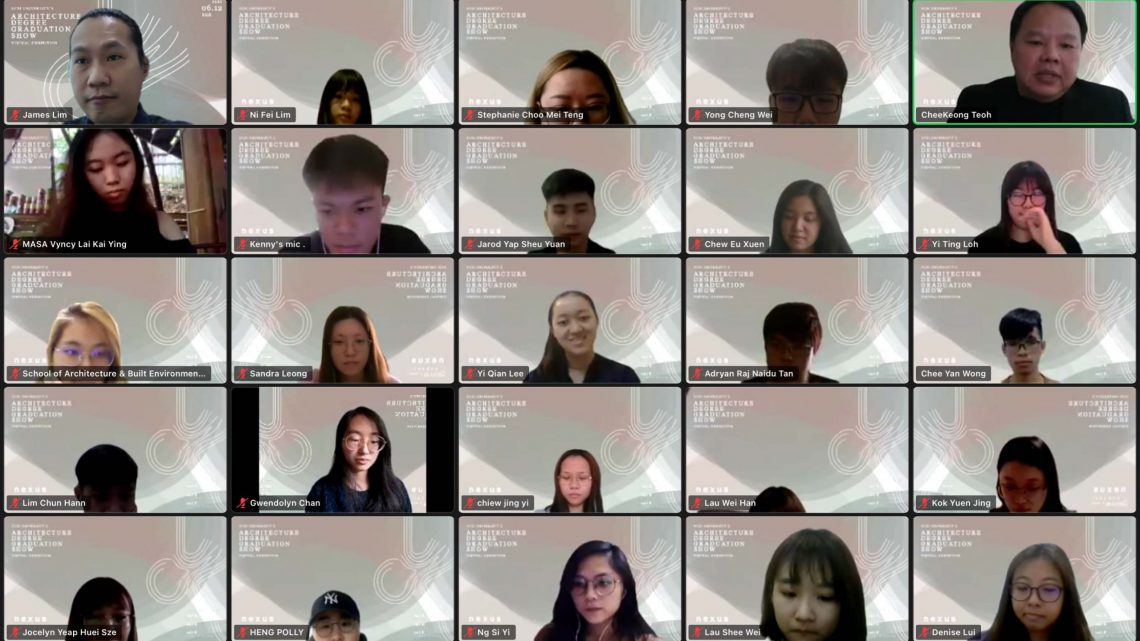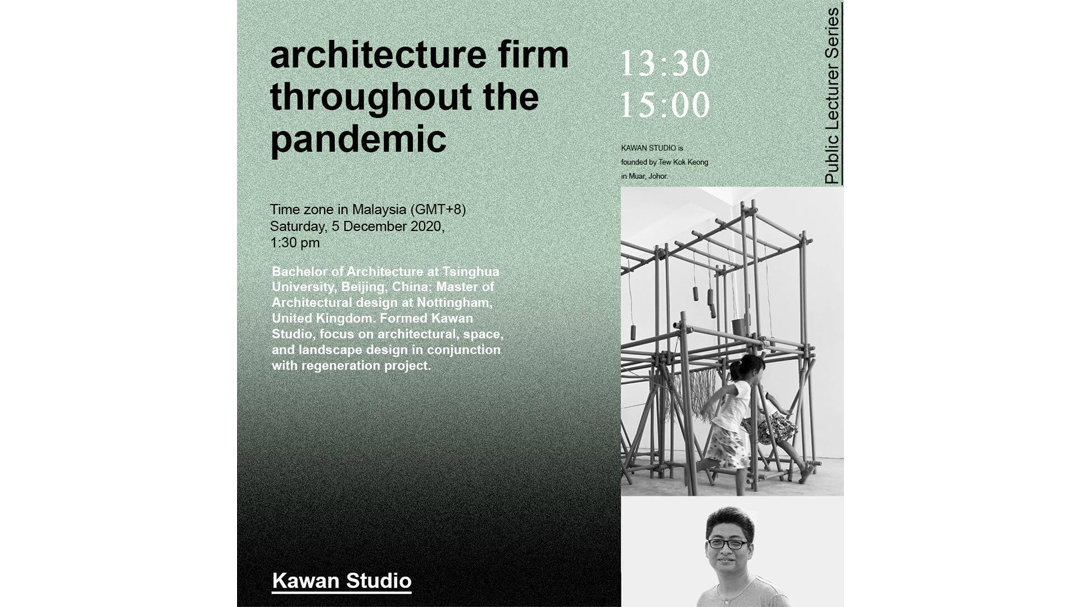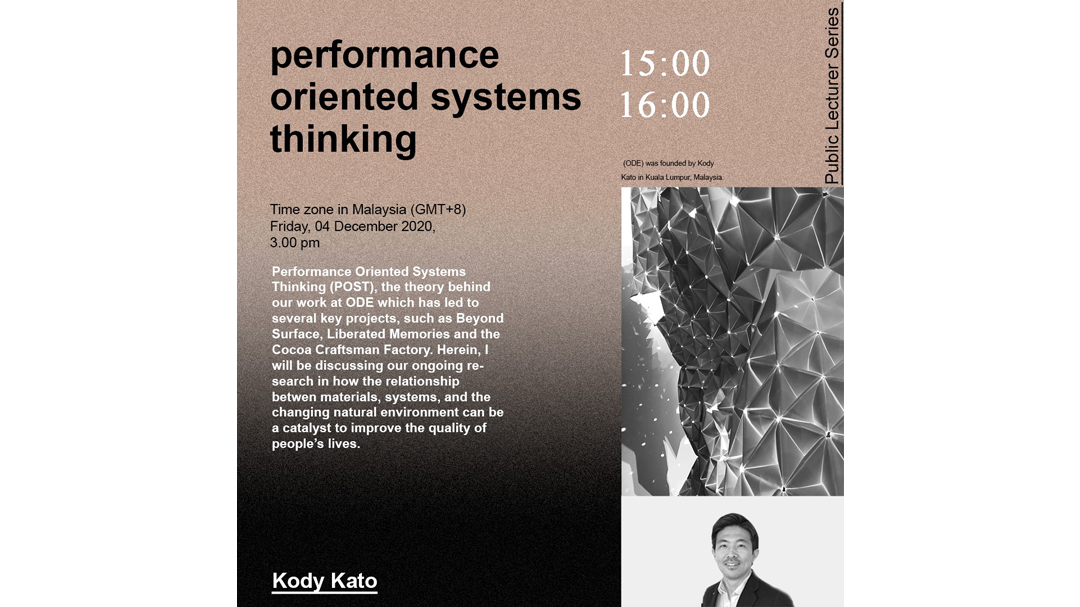Nexus
Nexus
SABE Architecture Undergraduate Show, our design and education festival at the end of each academic semester, is always about celebrating our graduate student works and with series of invited talks from academicians, practitioners and alumni.
This year, challenged by the recent pandemic, we embarked into virtual media and online platforms for all our final reviews. Featuring: Year 3 design studio; composed of 3 Units with different briefs involving a variety of methodologies, scales, and objectives:
- Unit A | NewNormal | James Lim
- Unit B | A Synthetic Gesture | Bakthiar Amir
- Unit F | The Tales of Borneo | Ar. Farah Aliza
SABE NEXUS 2020, a virtual reality exhibition is open and accessible to everyone and will be live on 4 till 6 December 2020 at https://www.nexusucsi.com/

Best Sabe Design
Student: Jarod Yap Sheu Yuan
Tutor: Ar Farah Aliza Badaruddin, Shamsul Akmal
“Autonomous City: A Tale of Borneo”
Instead of solving statelessness issues, this project found an alternative to allow stateless Bajau people to be free from the restriction of the Sabah Government, creating their city of autonomy, keeping their traditions with them. It is a design to countervail centrifugal tendencies, collecting those dispersed in the first place when there was a war in the Philippines.
Nomad is a term of condescension in the eyes of the Bajau people. They are the vagabonds that wander from place to place. How do they escape from this sedentary lifestyle, and proceed to their indigenous way of life, perceived to accentuate freedom and a feeling of unique identity?
From the perspective of the Bajau people, I proposed a design integrating both architecture and maritime architecture (vessel), bringing together Bajau’s unique waterway and transient community and industry, in a collaboration scheme of co-creation and resourcefulness. This creates a new type of subtopian architecture that repairs, trades, and congregates. It also provides a space of accumulative interaction for the Bajau people on a huge scale of nomadism.

Best Unit A Design
Student: Jensine Ngow Xiao Tong
Tutor: James Lim
“Craft Sense”
The existence of locomotives running, and a workshop that manufactures parts with a variety of mechanics has turned Sentul Depot into one of the largest engineering workshops. Therefore, taking advantage of the existing industrial infrastructure, many of the remnant buildings on site were taken into consideration to preserve the historical features, thus, creating collective spaces so that they form a bond between the present and the past. In relation to that, preserving historic parts of Sentul Depot is important because these are part of the collective cultural patrimony.
In fact, Sentul Depot has a relatively more linear configuration setting. Hence, programmes and building blocks are placed horizontally in order to break off the existing huge and bulky setting by interweaving the entire site with proposed workshops. Then, the expansion of public spaces was introduced in order to buffer between each workshop while revitalising between old and new structures concurrently. One of the biggest concerns when it came to planning a new building skin without interrupting the existing building element was reusing the on-site-materials with the implementation of various functional programmes.

Best Unit B Design
Student: Stephanie Choo
Tutor: Bakthiar Amir
“Canaan, The Promised Land”
Canaan explores the geographical typologies on site, manifesting conditions, creating possibilities and catalysts in formulating future interventions of it. These typologies focus on the land masses and quarries in the form of interchangeable conditions, creating various alternatives to respond.
The sub-urban fabric transition into the discontinuity of landscape, represents the characteristics of Frog Hills. It stresses on the symbiotic relationship between the micro and macro site, questioning the feasibility of the site benefitting the surrounding context, and vice versa. By having both real site conditions connecting with the model, the site conditions and different alternate realities are formed.
Permaculture is defined as permanent agriculture as well as permanent culture. There’s a list of common practices expanded from permaculture. Agroforestry, energy generating, aquaponic, livestock management and water filtration were taken into consideration when designing Canaan.

Best Unit F Design
Student: Lim Chun Hann
Tutor: Dr Ng Keng Khoon, Ar Farah Aliza Badaruddin
“The Moving Bajau: A Tale of Borneo”
We may have heard of the Bajau people, but in today’s perception, most Malaysians might not acknowledge that they are actually amongst the community in this country that adopt the nomadic lifestyle. They are those who embrace the seaborne lifestyle, but unfortunately, they are now being looked at and treated in a degrading manner like parasites on the island of Semporna.
The Bajau people could be a key factor in contributing to Semporna and making a difference in improving the marine environment. Would it be possible for them to explore their true nature of living but within the boundaries set by law? Could moving back to the ocean be a solution for the Bajau people and for Semporna?
Imagine the houses of Bajau people which were able to shift from land to sea inspired by Theo Jansen’s Strandbeests. The idea here is that these movable houses will collect the waste from the ocean and transport it back to the land for proper disposal or potentially be reused for the people.
As this proposal moves forward to the future, the movable houses will leave the land and unite as one just as how they are when they live on the water. Thus, this will create a self-sustainable ‘Moving City’ that not only benefits the Bajau people but also the environment of Semporna.



